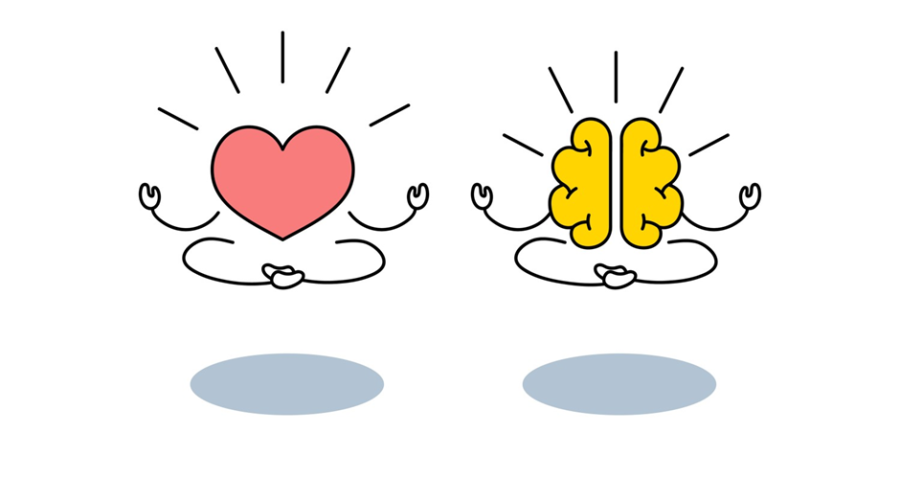Leadership, wellbeing and burnout.
“We believe that when leaders take care of themselves, they are much more able to take care of their employees to be empathetic, creative, inspiring. But when they’re depleted, running on empty and burnt out, it’s much harder to lead from what is best in them. Role modelling is key because we are changing an entire culture that used to believe that burnout is simply the price you pay for success.”
DDI’s Global Leadership Forecast from 2021 reveals that 60% of leaders feel used up at the end of the workday.
I suspect at least some of the remaining 40% were not being entirely honest.
And while mental health and wellbeing are firmly top of mind for many organisations, senior leaders can be some of the most reluctant to manage their own wellbeing.
Leaders set the mood and tone of the work environment and make or break a culture of well-being.
As a leader you are one of the most influential aspects in the workplace on a person’s well-being, their discretionary effort and whether they stay in their role.
A stressed, overwhelmed, and exhausted senior leader becomes hamstrung not only in making essential strategic and financial decisions but also in having less in the proverbial leadership tank to support employees.
You are a representative of the organisation.
You have a responsibility to ensure that you deliver the outcomes expected to achieve the purpose of the organisation, so it is important that you are operating at your best to achieve those outcomes.
This includes your health and wellbeing.
You function as a role model.
Looking after your health and wellbeing contributes to establishing an appropriate workplace culture and means that you are an example to those around you.

The tone you set in the workplace needs to balance achieving work objectives with how those results are achieved.
Prioritising work deliverables at the expense of your team members, and your own health and wellbeing, can send the message that people are easily replaceable and compromised health is expected, with resilience and wellbeing weaponised under the guise of work ethic and commitment.
Your own sense of job satisfaction, success and well-being is important.
Looking after yourself is as important as the technical expertise, skills, and knowledge you bring to your role.
If you are not thriving, it is difficult to effectively deliver and role-model positive behaviours to your team.
You can have a more positive impact on the organisation, on people and on your life and career if you don’t neglect yourself.
Traditionally, senior managers are tasked with responsibilities that reflect their level of expertise and career development.
Historically, wellbeing took a back seat as the drive for results and fulfilling ‘more important’ company demands took priority.
It requires a fundamental shift in mindset and core beliefs from viewing wellbeing as something you try to maintain on the side of your job, to recognising it as a prerequisite for sustainable high performance.
The approach for supporting the mental health of senior managers must be specific, even beyond what is recommended for the employees they manage.
“In order to bring out the best in people, you need to give them your best.”
Warning signs.
What are your warning signs that chronic stress is heading towards burnout?
Are you:
– More irritable or frustrated
– Overwhelmed by minor tasks
– Unable to relax or rest without feeling guilty
– Finding it hard to get to sleep or stay asleep
– Vague, unable to concentrate or focus for long periods, forgetful
– Experiencing tension in your neck, back, shoulders and jaw
– Too exhausted for self-care like exercise
– Disconnecting from those around you
– Getting sick all the time
Many leaders and their teams are feeling drained, stressed, and burnt out right now.
You owe it to yourself and your people to step out, refresh, connect, think deeper, and rediscover your wellbeing and spark.